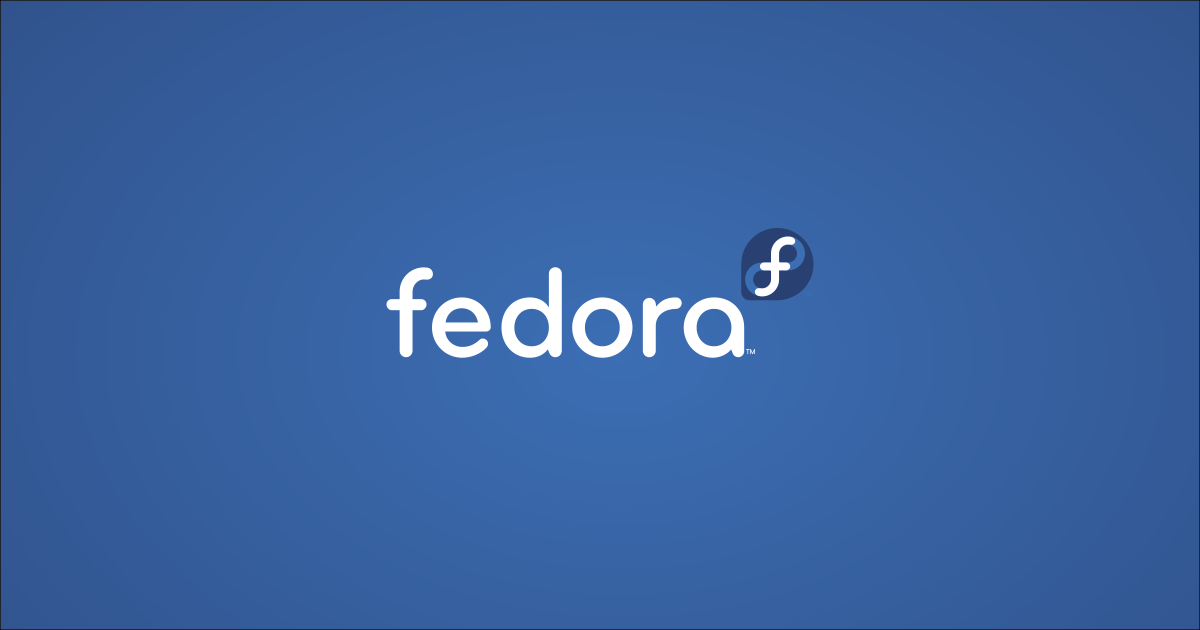Fedora is a strong Linux distribution that many want to use due to many elements, together with its new packages, improvement focus, superior system, dedication to open supply, and so forth. Nonetheless, for pretty much as good as Fedora Linux is, it has a extreme draw back: the DNF bundle supervisor, and the way gradual it’s in contrast to Ubuntu and Debian’s Apt, Arch’s Pacman, and even OpenSUSE’s Zypper.
If you happen to love your Fedora set up however want that the app installer ran quicker, you’re not alone. Lots of people agree, and it’s one thing that the Fedora improvement workforce is no-doubt engaged on. Nonetheless, they will’t enhance it immediately, so till then, you’ll want to undergo the means of rushing it up by yourself. So, on this information, we’ll present you precisely how to speed up the Fedora Linux app installer. Let’s get began!
Step 1 – Improve Fedora
Fedora Linux will get higher with each launch, and each six months, the builders do their finest to enhance the underlying expertise. So, when you’re having efficiency points whereas putting in packages in Fedora’s DNF app installer, the very first thing you have to be doing is upgrading your launch to the latest model. To improve Fedora, open up Gnome Software program, click on on the new launch banner and undergo the means of transitioning your Fedora Linux PC to the absolute newest model.

Having points determining how to get your Fedora Linux PC totally upgraded? We can assist! Try our in-depth tutorial on how to improve Fedora. In the information, we go over the Gnome Software program technique. Additionally, we cowl the terminal-based improve, when you don’t have entry to Gnome Software program or aren’t working a Gnome-based Fedora launch.
Step 2 – Set up newest updates
Operating the newest launch of Fedora Linux is important, as with every main model, enhancements are made. Nonetheless, it’s additionally important to make sure that the launch you’re at present working has the latest packages put in as properly. To do that, open up “Gnome Software,” click on on “Updates” and undergo the course of of putting in the upgrades. Alternatively, when you want to use the terminal window, press Ctrl + Alt + T or Ctrl + Shift + T on the keyboard. After that, enter the dnf replace command beneath to patch your system.
sudo dnf replace -y
Step 3 – Set DNF to use the quickest mirrors doable
The Fedora bundle supervisor (DNF) doesn’t select the quickest mirror when putting in packages. As an alternative, it grabs packages from wherever they could be, seemingly at random. The truth that DNF doesn’t prioritize quick mirrors above gradual ones is a large motive as to why putting in software program appears to take without end.
If you happen to’d like to make the DNF bundle supervisor run rather a lot quicker, you may tweak your configuration to use the “fastestmirror” function. It’s a easy tweak, however it is going to power Fedora to use the speediest mirrors, shaving valuable seconds off of downloads throughout set up.
So as to add the “fastestmirror” function, launch a terminal window in your Fedora Linux PC by urgent Ctrl + Alt + T or Ctrl + Shift + T on the keyboard. From there, open up the “dnf.conf” file in Nano.
Be aware: as Fedora Linux doesn’t have Nano by default, learn the way to set up it here.
sudo nano -w /and so forth/dnf/dnf.conf
In the “dnf.conf” file in the Nano textual content editor, use the Down Arrow key on the keyboard to transfer to the very backside of the file. Then, paste the code beneath into Nano by urgent Ctrl + Shift + V.
fastestmirror=true
After pasting the code into Nano, save the edit. In Nano, that is performed by urgent Ctrl + O. As soon as saved, transfer on to Step 4.
Step 4 – Change DNF to obtain a number of packages at a time
Tweaking how DNF handles mirrors will no-doubt enhance its obtain speed. Nonetheless, this modification to DNF isn’t sufficient to speed it up. It’s additionally a good suggestion to change what number of recordsdata the bundle supervisor can obtain from the web at a time.
To extend what number of recordsdata the DNF bundle supervisor can obtain at a time, you’ll want to add “max_paralel_downloads” to the configuration file. To do that, return to the Nano textual content editor. Or, when you’ve closed it, re-open the file with the command beneath.
sudo nano -w /and so forth/dnf/dnf.conf
Inside Nano, use the Down Arrow to transfer to the backside of the file, identical to in Step 3. Then, paste the “max_paralel_downloads” code in “dnf.conf”.
max_parallel_downloads=10
Really feel like 10 downloads at a time is an excessive amount of? Be happy to change it to 5, which is half the max quantity, however nonetheless makes an enormous distinction.
max_parallel_downloads=5
With “max_parallel_downloads” added to DNF, save your edits by urgent Ctrl + O. After that, shut the editor by urgent Ctrl + X.
